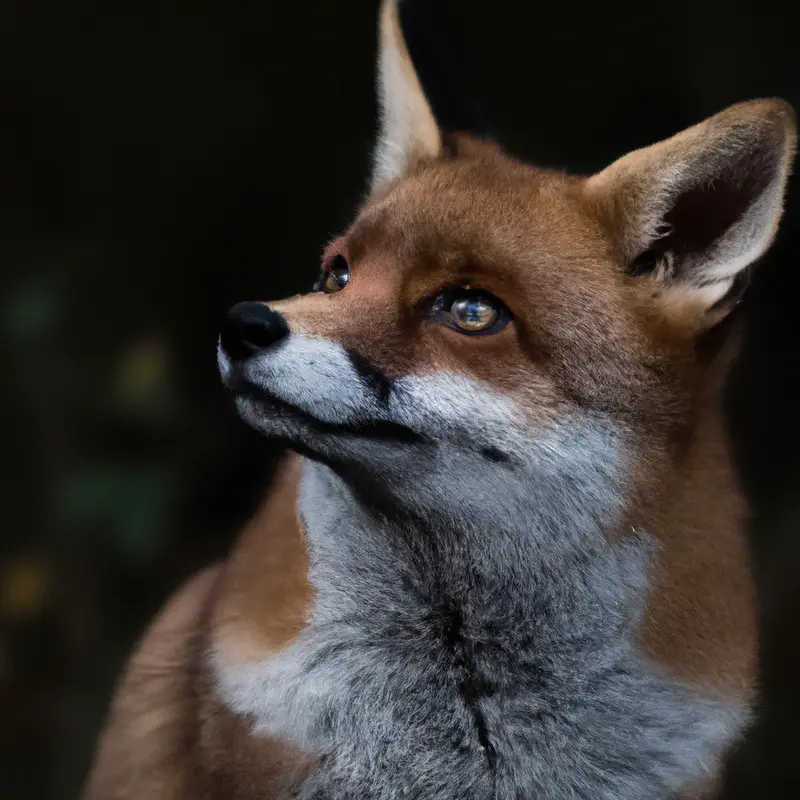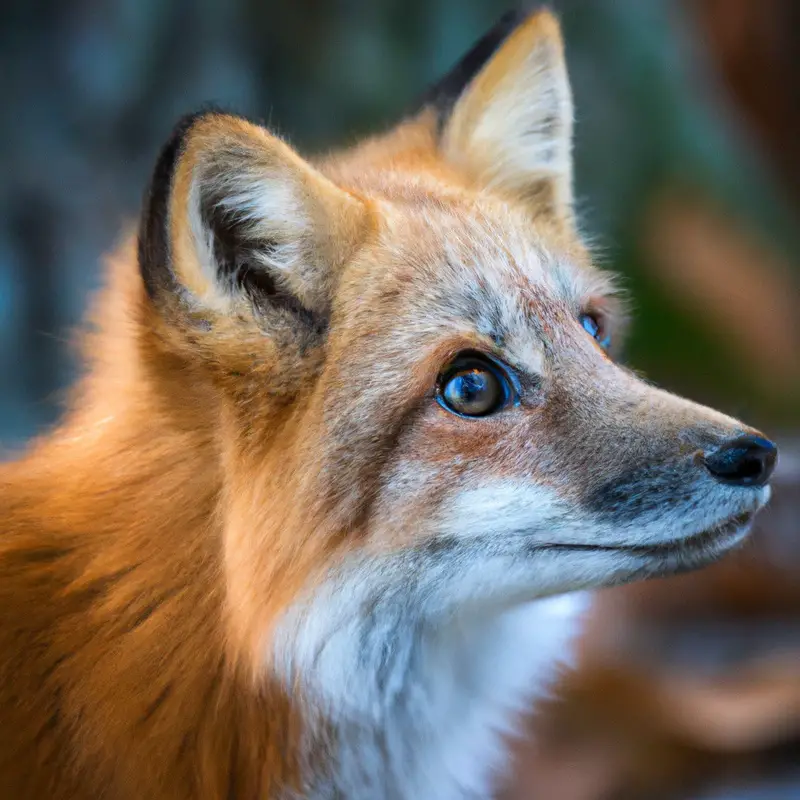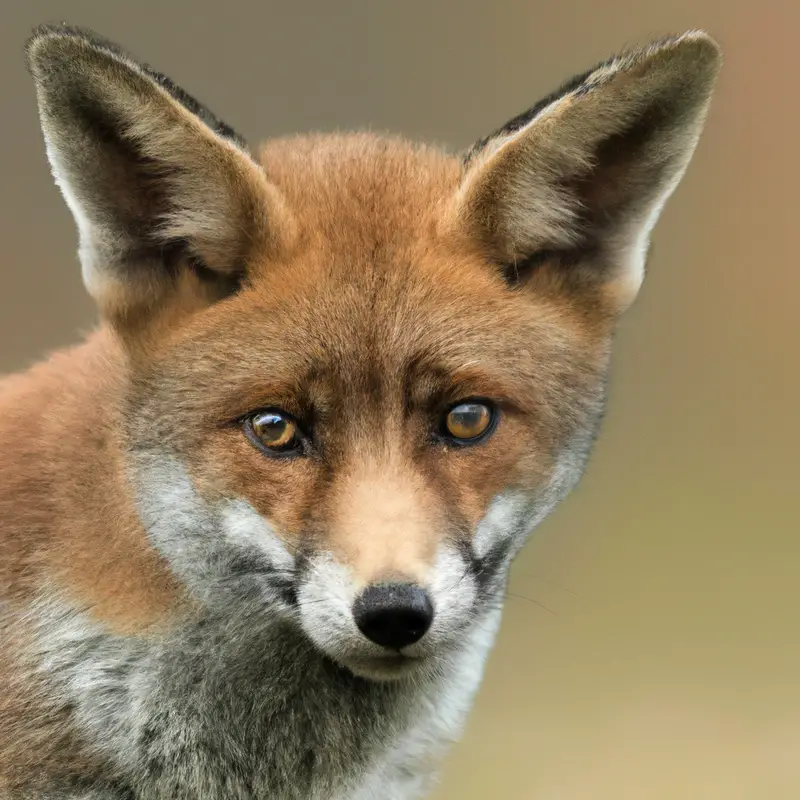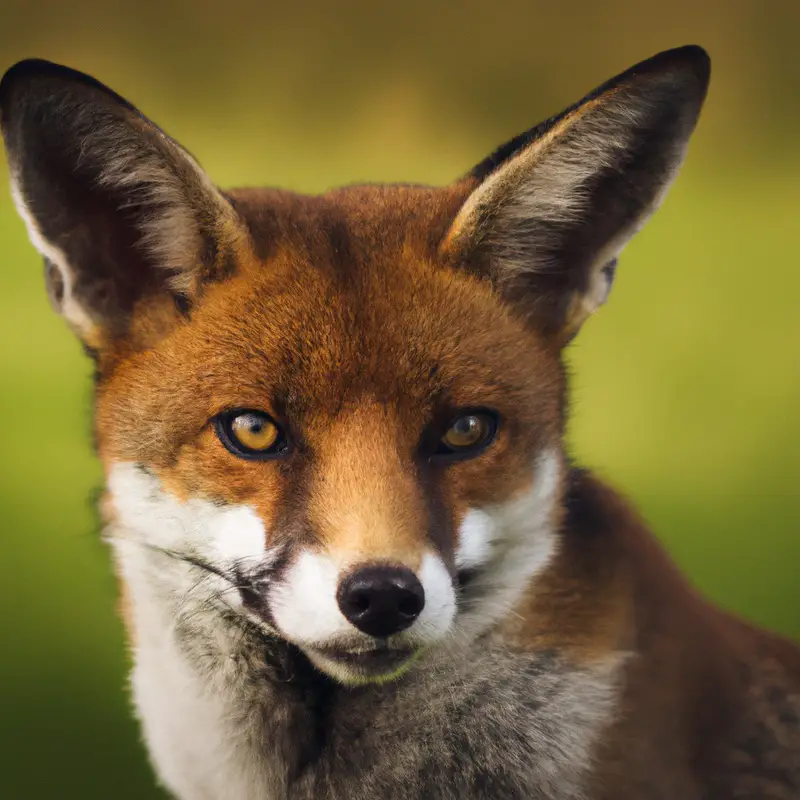Key Takeaways:
- 1) Fox hunting is legal in Colorado.
- 2) The practice of fox hunting is regulated under specific guidelines.
- 3) Several organizations in Colorado offer opportunities for fox hunting enthusiasts.
- 4) Fox hunting in Colorado requires hunters to obtain the appropriate licenses and permits.
Are you ready to embark on a thrilling fox hunting adventure in the beautiful wilderness of Colorado? If you’re a hunting enthusiast seeking to test your skills, then you’re in the right place.
As an experienced hunter and Colorado native, I’ll guide you through the ins and outs of hunting foxes in this captivating state.
From the diverse species of foxes you’ll encounter to the legal requirements and regulations you need to follow, this article covers it all. Get ready to explore the stunning landscapes of Colorado while honing your hunting techniques and creating unforgettable memories.
Let’s dive in!
Hunting Method | Pros | Cons |
|---|---|---|
Spot and Stalk | – Allows for strategic planning\n- High success rate\n- Requires minimal equipment | – Requires good physical fitness\n- Weather-dependent\n- Requires knowledge of fox behavior |
Calling | – Can attract multiple foxes\n- Exciting and interactive\n- Can be done in various terrains | – Requires skill and practice\n- Success rate varies\n- Limited to certain seasons |
Trapping | – Can be effective in targeting specific individuals\n- Low energy expenditure\n- Can be done year-round | – Requires knowledge of trapping regulations\n- Requires special equipment\n- Can be time-consuming |
The Fox Species Found in Colorado
Different Types of Foxes in Colorado
In Colorado, there are three main types of foxes that you might come across: the red fox, the gray fox, and the swift fox.
The red fox is the most common and can be identified by its red coat and white-tipped tail.
The gray fox, on the other hand, has a grayish coat with a black-tipped tail.
Lastly, the swift fox is smaller in size and has a tan-colored coat.
Each fox species has its own unique characteristics and can be found in different regions of Colorado.

Habitat and Behavior of Foxes in Colorado
Foxes in Colorado can be found throughout a variety of habitats, including forests, grasslands, and even urban areas.
They are adaptable animals that can thrive in both rural and suburban environments.
These foxes are typically solitary and territorial, marking their territory with scent markings.
They are primarily nocturnal, but can also be active during the day.
Foxes in Colorado are opportunistic omnivores, feeding on a wide range of prey including rodents, rabbits, insects, and plants.
They are known for their cunning and agility, making them successful hunters.
Overall, foxes in Colorado have adapted well to their surroundings and play an important role in maintaining local ecosystems.
Legal Requirements and Regulations for Fox Hunting in Colorado
Hunting Licenses and Permits
To legally go fox hunting in Colorado, you will need to obtain the necessary hunting licenses and permits. These licenses are issued by the Colorado Parks and Wildlife (CPW) department.
The specific type of license required will depend on your age and residency status.
As a resident, you will need a Colorado Hunting License, and as a non-resident, you will need a Non-resident Hunting License. Additionally, you may need special permits for hunting foxes, such as the Small Game License and the Habitat Stamp.
It’s important to check with the CPW to ensure you have the correct licenses and permits before embarking on your fox hunting adventure.

Seasonal Restrictions and Bag Limits
Seasonal restrictions and bag limits are important considerations for fox hunting in Colorado.
The Colorado Division of Parks and Wildlife has set specific guidelines to ensure sustainable hunting practices.
The hunting season for foxes typically runs from late fall to early spring, with specific dates varying each year.
It is crucial to check the current hunting regulations and obtain the necessary licenses and permits before heading out into the field.
Additionally, bag limits may apply, restricting the number of foxes that can be harvested per day or per season.
Adhering to these regulations helps maintain healthy fox populations and supports conservation efforts.

Prohibited Hunting Methods
Prohibited hunting methods in Colorado include the use of poison, explosives, and electronic devices. These methods are considered dangerous and inhumane, posing serious risks to animals and the environment.
It is also illegal to use aircraft, drones, or motorized vehicles to hunt foxes.
Additionally, spotlighting, or using artificial light to locate and disorient animals, is strictly prohibited. It’s important to abide by these regulations to protect the welfare of wildlife and ensure fair and ethical hunting practices.
Preparing for Fox Hunting in Colorado
Essential Gear and Equipment
Essential Gear and Equipment for fox hunting includes a few key items that will ensure a successful and safe hunt. Firstly, you’ll need a well-fitted riding helmet to protect your head while horseback riding.
Additionally, a reliable hunting horn is crucial for communication during the hunt.
And don’t forget a sturdy pair of hunting boots for comfortable and secure footing. Lastly, you’ll want to invest in quality binoculars to spot the fox from a distance.
These essentials will enhance your hunting experience and keep you prepared on the field.
Clothing and Footwear Recommendations
Clothing and Footwear Recommendations: For fox hunting in Colorado, it’s essential to dress appropriately and wear suitable footwear.
Here are my recommendations:
- Clothing:
- Opt for hunting attire that provides camouflage to blend in with the surroundings.
- Wear layers to adjust to changing weather conditions. Start with a base layer, add a mid-layer if needed, and top it off with a waterproof outer shell.
- Choose lightweight and breathable fabrics to stay comfortable during physical activity.
- Wear a hat or cap to protect your head from the sun and enhance your camouflage.
- Don’t forget to wear gloves to protect your hands and maintain a firm grip on your gear.
- Footwear:
- Invest in sturdy and waterproof hunting boots with good ankle support.
- Make sure your boots have a lug sole for better traction on various terrains.
- Look for insulation options to keep your feet warm during colder weather.
- Break in your boots before heading out to avoid blisters and discomfort.
- Consider wearing gaiters to protect your legs and lower pants from brush and debris.
With the right clothing and footwear choices, you’ll be well-prepared for a successful and comfortable fox hunting experience in Colorado.
Techniques for Tracking and Spotting Foxes
To track and spot foxes effectively, focus on the following techniques:
- Look for tracks: Foxes leave distinct tracks that can be identified by their small size, four toes, and claw marks. Look for these tracks in areas with soft soil or mud.
- Scan for scat: Fox droppings can provide clues about their presence. They are usually tubular and filled with fur or bones.
- Observe their habitat: Foxes prefer dense vegetation and areas with ample cover. Look for signs of their presence, such as disturbed leaf litter or small tunnels in tall grass.
- Listen for their calls: Foxes make a range of vocalizations, including barks, screams, and howls. Pay attention to these sounds, especially during the twilight hours when they are most active.
- Use game cameras: Setting up trail cameras in strategic locations can help capture images or videos of foxes passing through. This can provide valuable insights into their habits and patterns.
By adopting these techniques, you’ll increase your chances of successfully tracking and spotting foxes in their natural habitat. Happy hunting!
Ethical Considerations for Fox Hunting in Colorado
Respect for Wildlife and Conservation Efforts
Respecting wildlife and contributing to conservation efforts are essential aspects of fox hunting. It is important to treat animals with care and avoid causing unnecessary harm during the hunt.
Conservation efforts involve protecting and preserving the natural habitats of foxes and other wildlife.
By being mindful of these ethical considerations, hunters can contribute to the long-term sustainability of the ecosystem. This includes understanding and adhering to local hunting regulations and licensed seasons, as well as supporting organizations and initiatives aimed at conservation.
Responsible Firearm Usage and Safety Measures
When it comes to responsible firearm usage and safety measures, there are a few key things to keep in mind. First, always treat every firearm as if it is loaded, even if you think it is not.
Second, never point a firearm at anything you do not intend to shoot.
Third, keep your finger off the trigger until you are ready to shoot. Additionally, store firearms securely and out of reach of children and unauthorized individuals.
Finally, make sure you are familiar with and follow all local, state, and federal laws regarding firearms.
Proper Disposal of Waste and Empty Shells
Properly disposing of waste and empty shells is essential during fox hunting in Colorado.
It helps maintain the cleanliness of the environment and respect for nature.
Here are a few tips to ensure responsible disposal:
- Carry a designated bag or container for any waste or empty shells.
- Avoid leaving any waste or shells behind in the hunting area.
- Dispose of waste and empty shells in designated receptacles or properly sealed trash bags.
- Consider bringing a portable trash bag to pack out all waste and shells.
By keeping these practices in mind, you can help preserve the beauty of the Colorado landscape and promote ethical hunting.
Tips for a Successful Fox Hunting Trip in Colorado
Choosing the Right Hunting Areas and Times
Choosing the right hunting areas and times is essential for a successful fox hunting trip in Colorado. Start by researching the different hunting areas available and the regulations in each.
Look for areas that have a healthy fox population and good habitat.
Pay attention to the time of year as well, as foxes are more active during certain seasons. Consider hunting during dawn or dusk when foxes are often more active.
Lastly, be aware of weather conditions and how they might affect fox behavior.
Happy hunting!
Identifying Fox Sign and Signals
Identifying Fox Sign and Signals is key to a successful fox hunting trip in Colorado. Here are some tips:
- Look for tracks: Fox tracks are small and oval-shaped with four toes and claw marks. They may also show drag marks from their bushy tail.
- Search for scat: Fox droppings are typically dark brown or black and have a distinct musky odor.
- Listen for vocalizations: Foxes make a variety of sounds, including barks, screams, and howls. Pay attention to their calls during early morning or evening hours.
- Watch for dens: Foxes often dig dens in hillsides or under rocks. Look for signs of digging, disturbed soil, or fox fur.
- Observe behavior: Foxes are known for their stealth and agility. Watch for them stalking prey or pouncing on rodents.
By paying attention to these signs and signals, you’ll be better equipped to track and hunt foxes in Colorado.
Effective Calling and Decoy Techniques
Effective calling and decoy techniques are essential for a successful fox hunting trip in Colorado. When it comes to calling, start by mimicking the sounds of distressed prey to attract the fox.
Vary the pitch and intensity to make it more realistic.
Additionally, using decoys can provide a visual attraction for the fox. Place the decoys strategically to create a natural-looking setup.
Remember, practice your calling and decoy placement beforehand to improve your chances of a successful hunt.
Frequently Asked Questions
Can non-residents hunt foxes in Colorado?
Yes, non-residents can legally hunt foxes in Colorado. The state allows both residents and non-residents to participate in fox hunting.
However, it’s important to note that certain permits and licenses may be required, so it’s essential to check the specific regulations set by the Colorado Parks and Wildlife department before going on a fox hunting trip.
Always make sure to abide by the rules and regulations to ensure a legal and responsible hunting experience.
Do I need to report my fox harvest?
Yes, you need to report your fox harvest in Colorado.
It is a legal requirement to report all harvested foxes to the Colorado Parks and Wildlife Department.
Reporting helps gather important data on population and harvest rates, which in turn allows for better management and conservation efforts.
To report your fox harvest, you can do so online or by contacting the Colorado Parks and Wildlife Department directly.
Remember, reporting your harvest is an important step in responsible hunting and conservation practices.
Are there any restrictions on hunting foxes near residential areas?
There are usually restrictions on hunting foxes near residential areas. These restrictions vary depending on local laws and regulations.
In many areas, it is prohibited to hunt within a certain distance of residential developments due to safety concerns.
This is to prevent the risk of stray bullets or accidents involving hunters and residents. It’s important to check with your local authorities or wildlife management agency to understand the specific restrictions in your area before hunting foxes near residential areas.
Final Verdict
Hunting fox in Colorado can be a thrilling and rewarding experience for outdoor enthusiasts. With a diverse range of fox species, beautiful habitats, and proper regulations in place, Colorado offers ample opportunities for a successful hunting trip.
Remember to abide by the legal requirements, respect wildlife and conservation efforts, and practice responsible firearm usage.
By adequately preparing and employing effective techniques, hunters can increase their chances of a successful fox harvest. So grab your gear, explore the hunting areas, and immerse yourself in the adventure of fox hunting in Colorado.
Happy hunting!








